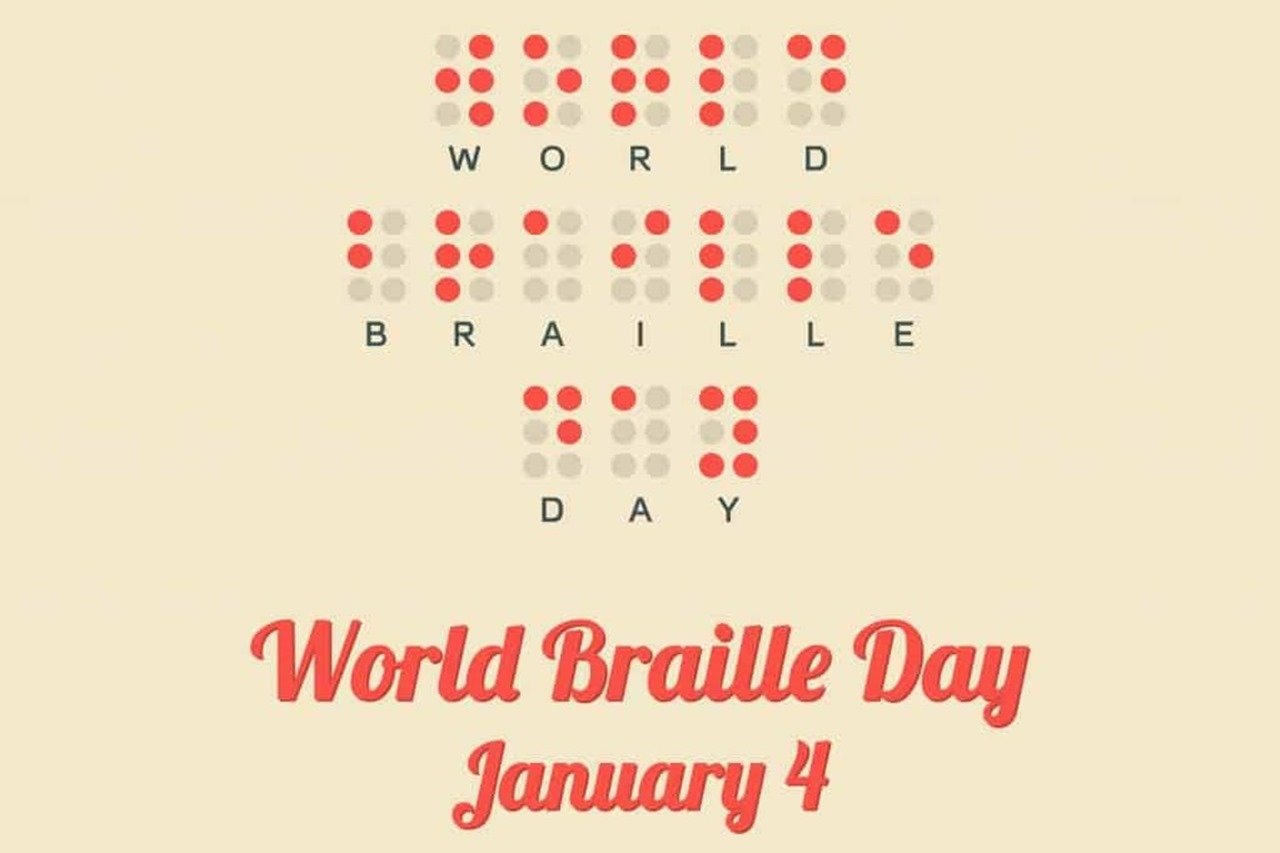Eleven Facts about Braille, Number 9 Makes Indonesia Proud

So
far, the general public may only know that
people with visual sensory disabilities access literacy using Braille.
However, there are interesting things about braille that are not widely
known. Here are eleven interesting facts about braille that may be
rarely
exposed.
1. The Braille literacy system was developed by Louis Braille in the 1820s when he was a student at the Royal Institute for Blind Youth in Paris. Before the revolutionary code was developed, which were used to help the blind to read were various systems, most of which used embossed typeface. For example, Valentin Haüy's tactile book features an embossed version of the Roman alphabet. Louis Braille's invention code was designed for tactile rather than visual recognition and eventually allowed the visually impaired to write independently.
2. Braille is not a language. It is a tactile or embossed code that allows the blind or visually impaired to read and write by touch, with various combinations of dots representing the alphabet, words, punctuation marks, and numbers.
3. The braille code in each language can be different for each aspect. For example, the = sign in Indonesian is different from the = sign in English. In its simplest form, one letter is represented by a symbol, but the Braille writing system recognizes what is called short writing (tusing) or at the international level called contracted braille, where in this system, one letter or symbol represents one word.
4. Braille writing takes up more space on the page than a regular writing system. Therefore, tusing or contracted braille will be very useful to save space and write faster.
5. Braille is not only used for copying and writing books or publications. In many countries, especially developed countries, it is also used on signage in public spaces, such as the numbers on elevators, doors, and restaurant menus, as well as for labeling everyday items such as medicines and billing cards.
6. Currently, electronic braille note takers and braille displays allow visually disabled people who know braille to surf the internet and read web pages and e-mails, as well as save and edit their written work without a screen reader.
7. Some very popular classic games have adapted braille versions, such as Monopoly, Scrabble, and Uno. Braille playing cards are also available allowing visually disabled persons to enjoy this game even playing with friends and family. LEGO has made LEGO Braille Bricks a fun way to teach braille.
 English
English
 Bahasa
Bahasa
